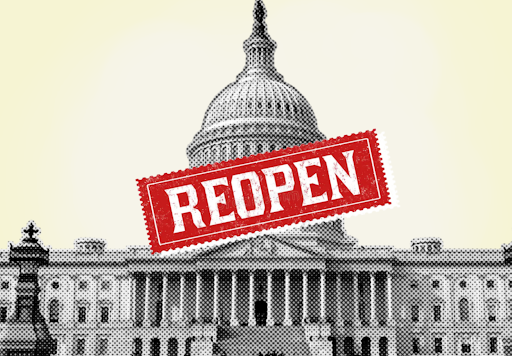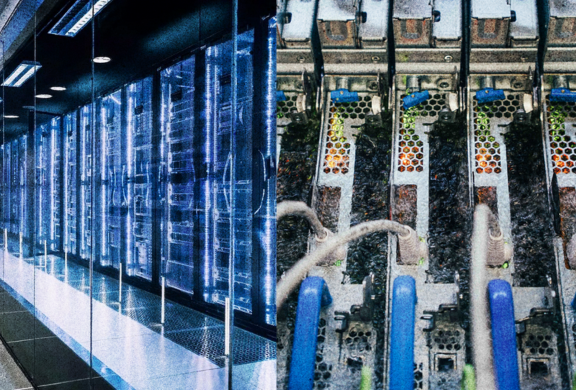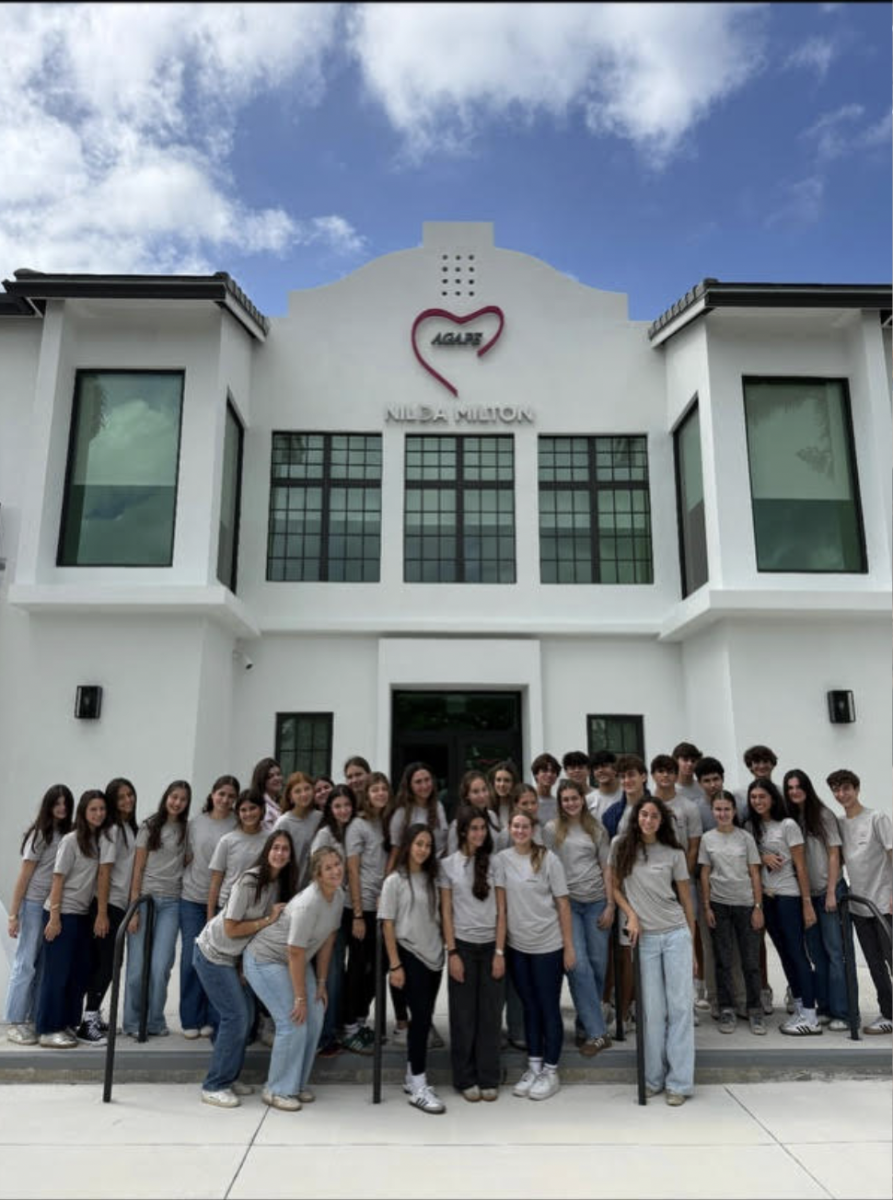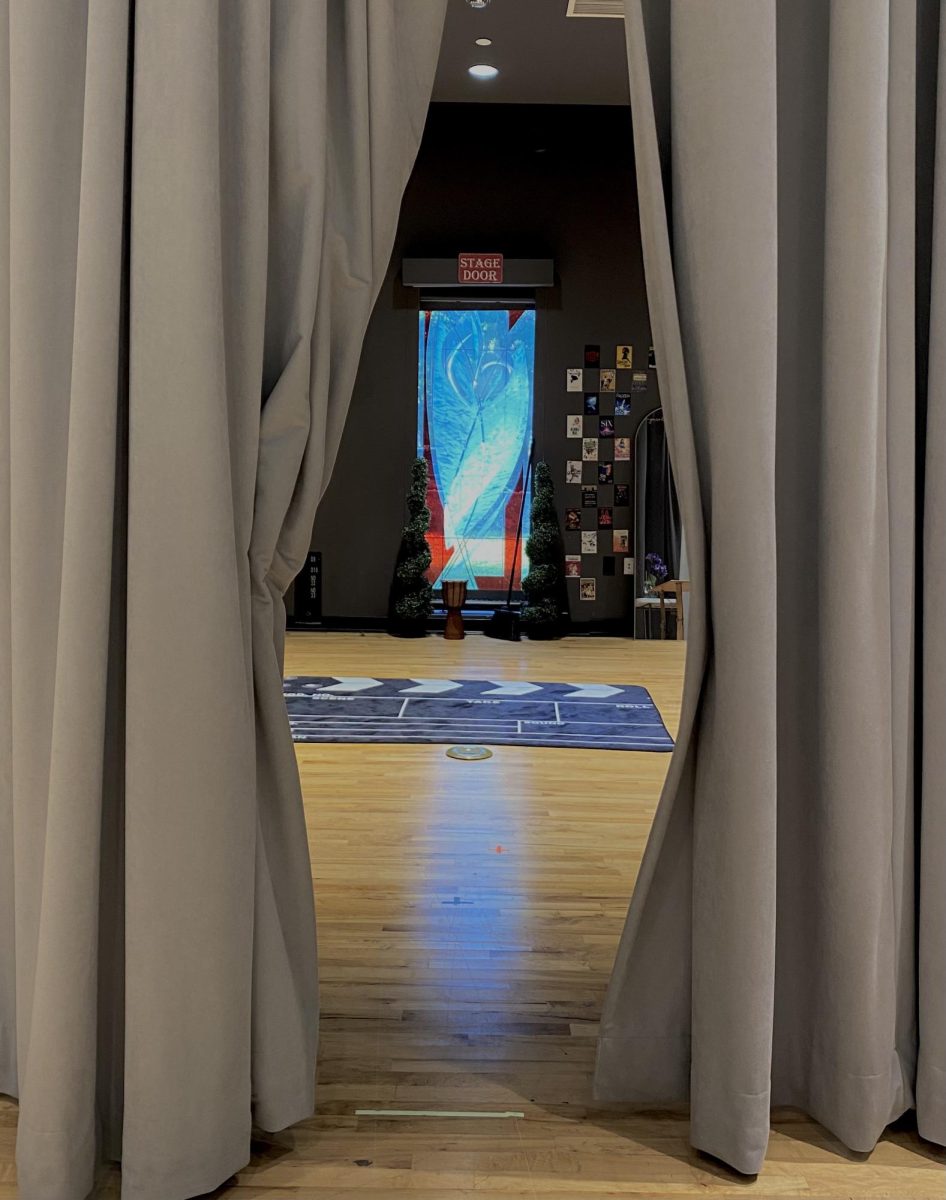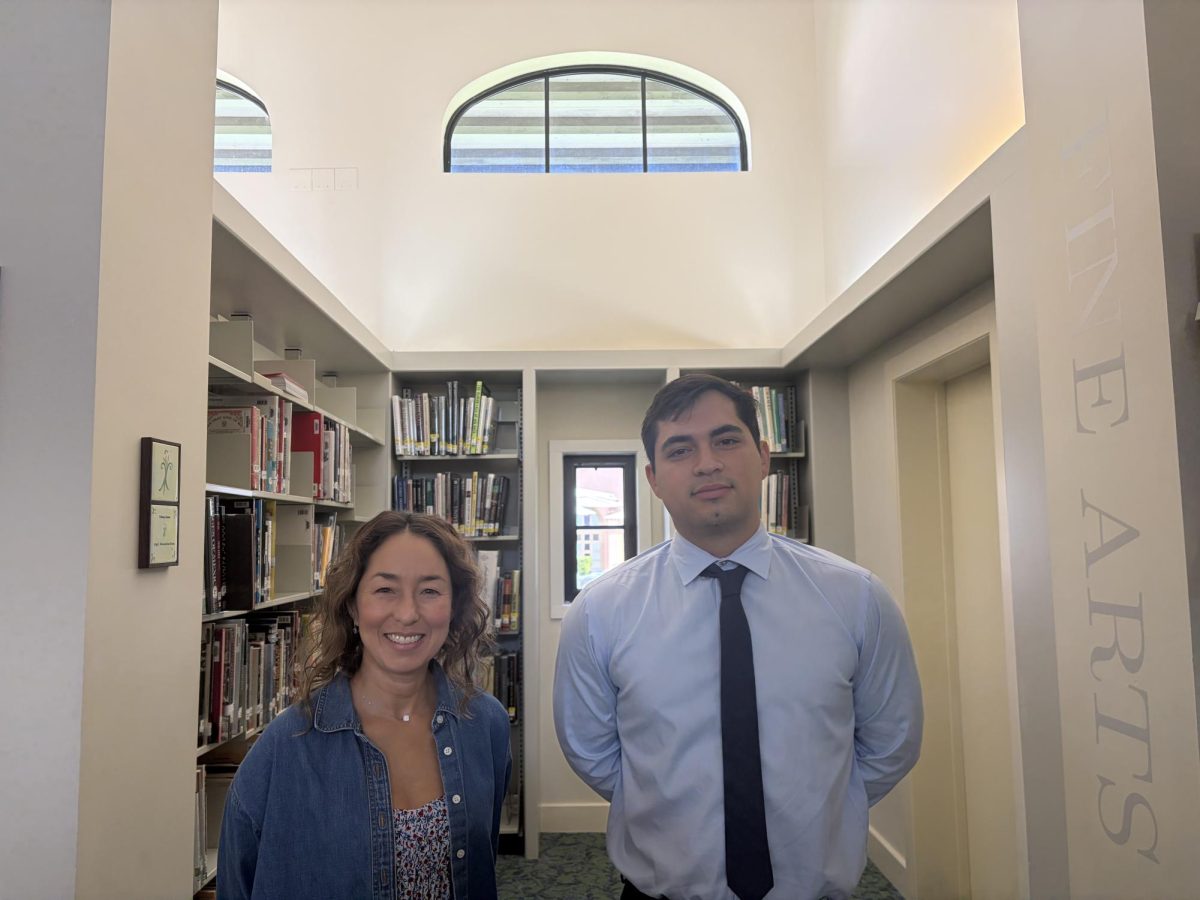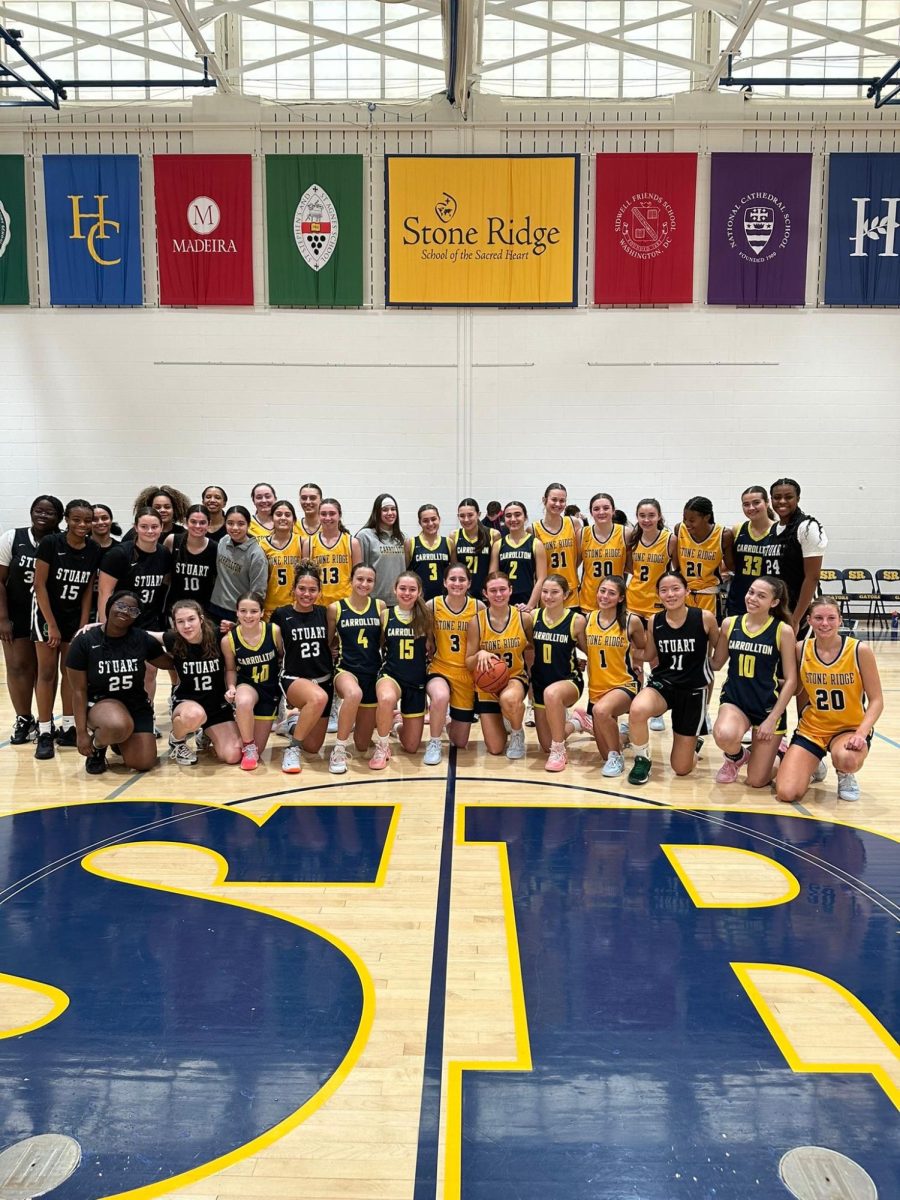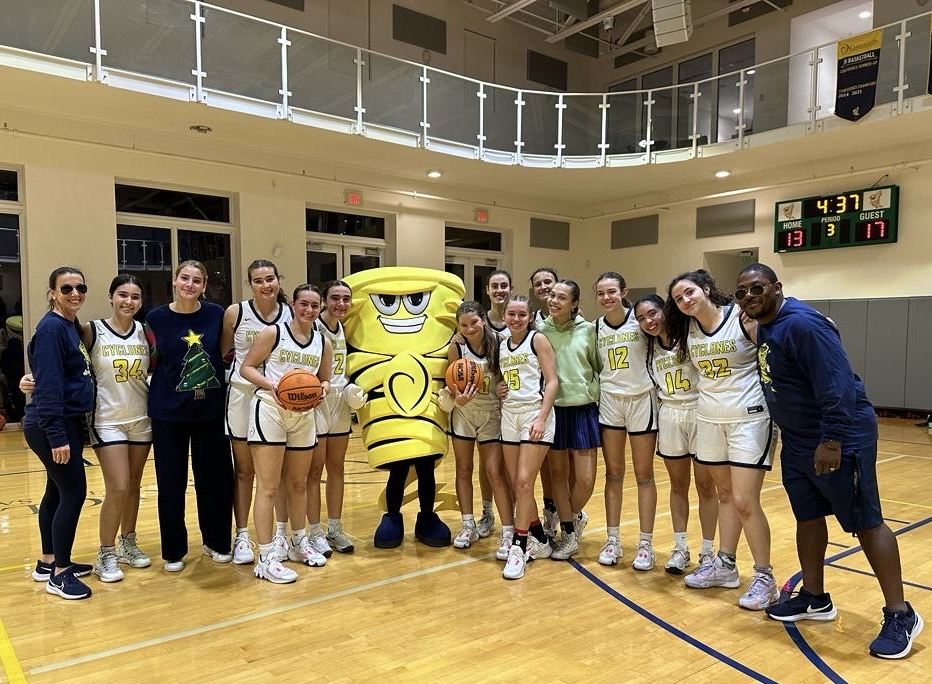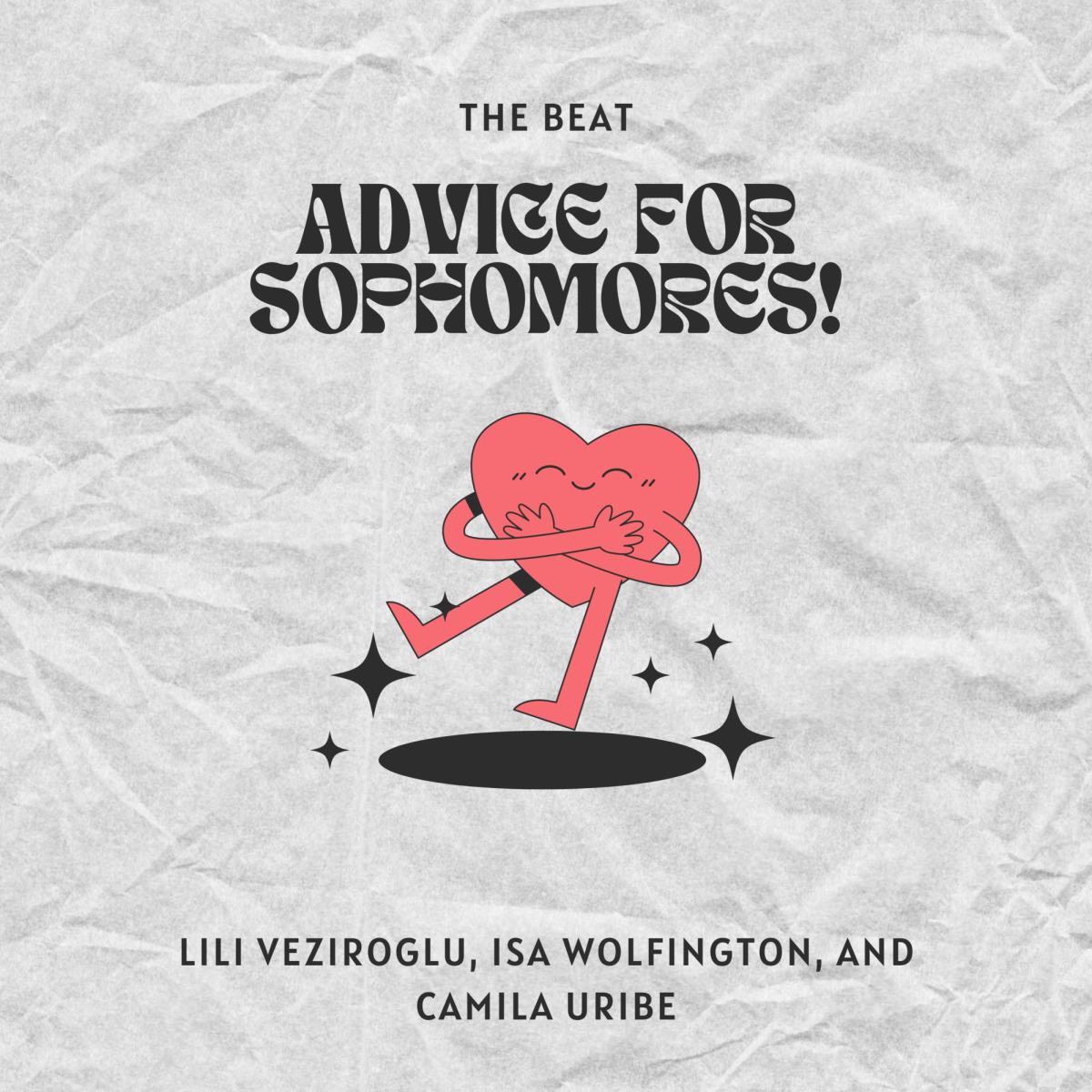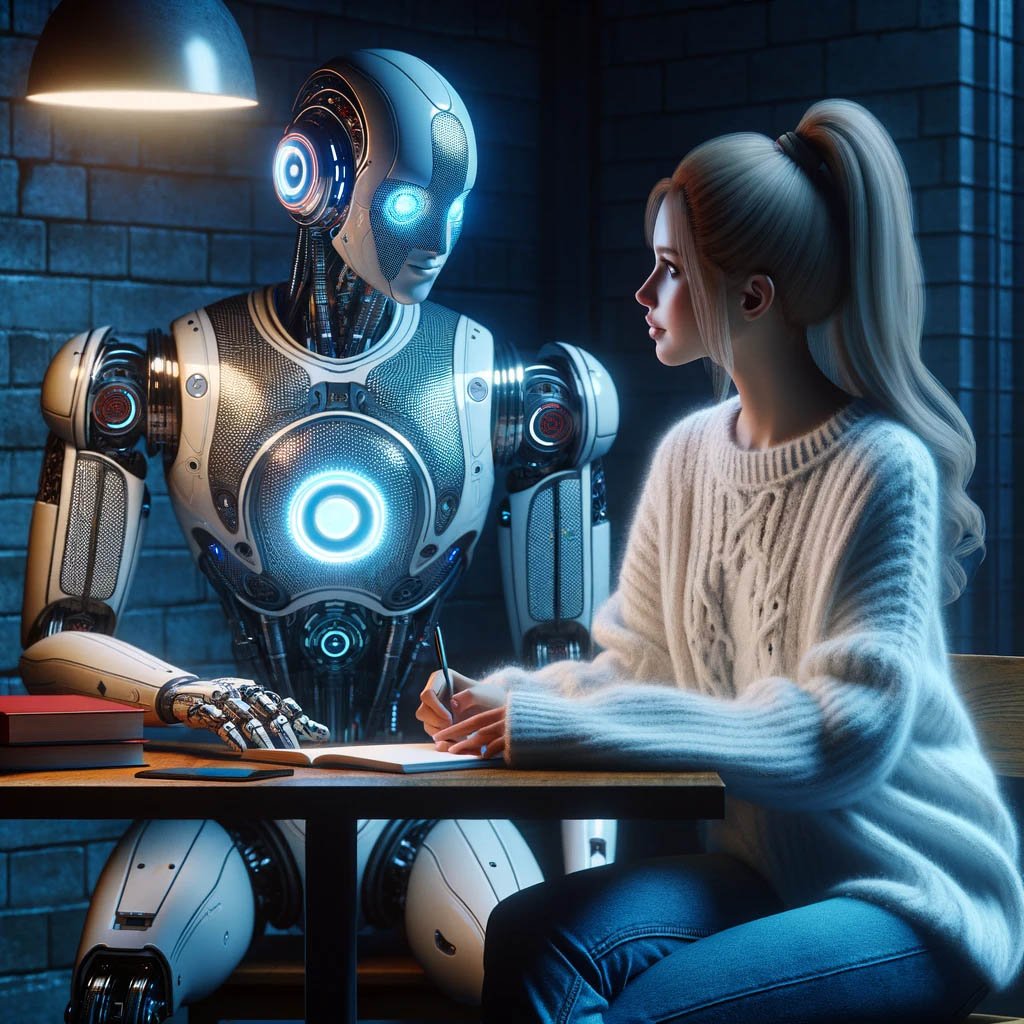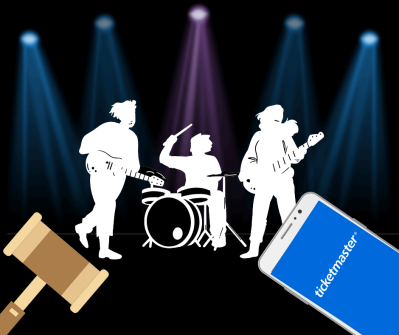Artificial Intelligence, otherwise known as AI, has been changing education since 2022. In 2024, the number of users grew by almost 55%, and many students now use AI to do schoolwork. “I know many people that use AI for research instead of Google,” said Marcela Larrea ‘30.
According to a recent poll of 45 seventh and eighth-grade students at Carrollton, 75.6% have used AI for schoolwork. Of those, 76.9% have used ChatGPT and 64.1% have used Grammarly.
Many students stated that they use AI to solve math problems, check grammar, find summaries of assigned books, and to study for tests and quizzes. “Sometimes I use it to make a review, for example, for a math test,” said Sophie Yazawa ‘30.
“I use AI for all assignments having to do with researching,” said another 7th grader.
And yet another Junior High student admitted to using it when she thinks her homework is tedious. “I use it sometimes for math homework when I already understand and don’t want to do repetitive questions,” she said.
AI can summarize books, solve math problems and even write essays. This might seem like a great way to save time, but according to Artificial Intelligence experts from the University of Illinois, “It could stop students from learning important skills, especially ones you use in your everyday life.”
Some teachers at Carrollton have the same concerns. “The danger is that students use AI to avoid engaging with challenging assignments,” said Upper School English Teacher Mrs. Palacios. “I want students to be able to wrestle with literature, organize ideas on their own and dream up stories without just plugging writing prompts into ChatGPT.”
What students also need to understand is that in addition to missing out on learning, they may not be receiving accurate information from AI.
“Once my friend told me she asked ChatGPT a question for homework, and when she checked it in class it was wrong,” said Valentina Bared ‘29.
According to an article from the College of Education at the University of Illinois, “AI is only as good as the algorithms it is based on. If the data it draws from is inaccurate or biased, then the information it creates will be inaccurate or biased.”
This is why “students need to learn how to evaluate and think critically about the information they come across and not just accept it at face value,” the article continued.
In order to monitor work and make sure it is authentic, many teachers are using AI detection software to check students’ work. “I use Quillbot and Turnitin to check students’ work usually,” said Mrs. Palacios.
Others have changed the way they give out assignments. Instead of letting students do their work at home and on their computers, they’re making them write their essays in class and on paper.
“My sister who is a sophomore told me that in most of her classes, they do most of their writing in class and the only time she uses electronics in class is when she needs to take notes on her i-Pad,” said Lulu Perez ‘30.
Despite the fact that AI is not always correct and that sometimes it can prevent students from learning on their own, it is most likely not going to disappear. Rather than just trying to ban it, teachers need to make students aware of the downsides and limitations of AI. They also need to encourage students to think creatively and explore topics on their own.
Finally, we need to recognize that AI not all bad for learning. It can be a tool to inspire students to think outside of the box on assignments and to generate ideas when they are stuck. It can also create helpful study guides and study tips, and research has shown that it can reduce math anxiety.
In the end, we will have to learn how to adapt and use it to become more knowledgeable and empowered instead of just relying on it as a shortcut for an “A” in English.


